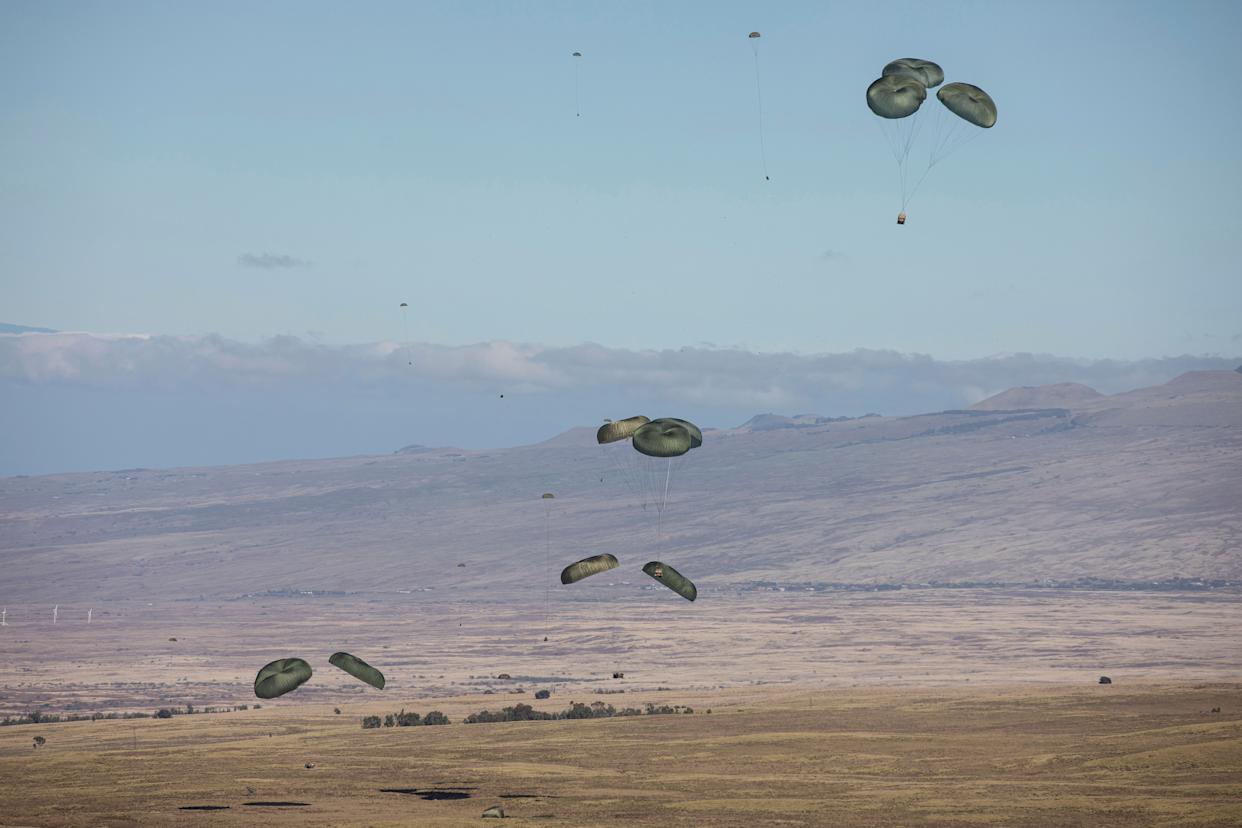Hawaii at a Crossroads: Land Use, Military Presence, and Environmental Responsibility

Hawaii stands at a pivotal moment, where decisions about land use, military training, and environmental protection are making headlines. The state's lush landscapes and deep-rooted culture are at the center of passionate discussions about their future. As communities and leaders engage, the outcome will influence generations to come.
Hawaii's Land and the Pohakuloa Debate
The Pohakuloa Training Area on Hawaii Island has emerged as a focal point of statewide debate. Recently, the Hawaii Board of Land and Natural Resources (BLNR) voted to reject the U.S. Army's final Environmental Impact Statement (EIS), sparking significant public engagement and raising new questions about the island’s future. This decision was considered one of "the most important and difficult" ever made by the board, based on the adequacy of environmental information—not the overall role of the military in Hawaii. You can read the detailed coverage at Hawaii News Now.
Hundreds of residents, many of them Native Hawaiians, attended the hearings to share their testimonies and concerns. Community members cited the protection of cultural sites, sacred iwi kupuna (ancestral remains), and fragile ecosystems as driving forces in their opposition. This overwhelming participation underscores how deeply Hawaiians value their land, known locally as "aina." For many, these lands are more than property—they are an essential part of identity and spiritual connection.
Military Presence and Environmental Concerns
Hawaii plays a critical role in U.S. national security strategy. The Army describes Pohakuloa as the premier combat training ground in the Pacific, used by all branches of the military as well as various state and county agencies. However, this presence has not come without controversy. Concerns over environmental harm, water safety, and disruption of culturally significant sites have increased, particularly after high-profile incidents like the Red Hill fuel spill. This event shook public trust and highlighted the risks associated with military activities on the islands. Additional insights on this setback and its broader impact can be found in The Associated Press coverage on Yahoo.
In their statements, military leaders acknowledged the community’s concerns. They emphasized efforts to balance national security needs with stewardship of Hawaii’s natural and cultural resources. At the same time, activists and local leaders stressed the need to hold all parties accountable for preserving Hawaii’s environment for future generations.
What's Next for Hawaii and Land Stewardship?
While the BLNR’s decision to reject the EIS is momentous, it is far from the final word. The Army's current lease expires in 2029, and negotiations over future use or partial land return are expected. The path forward may involve more public input, further environmental assessment, and continued activism from both cultural advocates and local communities. As the discussion continues, transparent decision-making will be vital.
For readers seeking an in-depth report on ongoing negotiations and the broader context, the Honolulu Star-Advertiser offers additional details.
The Importance of Hawaii's Unique Voice
Hawaii's unique history and cultural heritage influence every conversation about land and environment. Local leaders, from advocacy groups to university deans, stress that responsible stewardship of the land is a shared responsibility—one that demands listening, respect, and action. As Hawaii balances its roles as a global strategic site and a home to generations of Native Hawaiians, these current debates serve as a reminder: The future of the islands will be defined not just by policy, but by the value placed on aloha aina, the love of the land.
Stay informed, stay engaged, and support balanced solutions that honor both Hawaii's heritage and its need for progress.